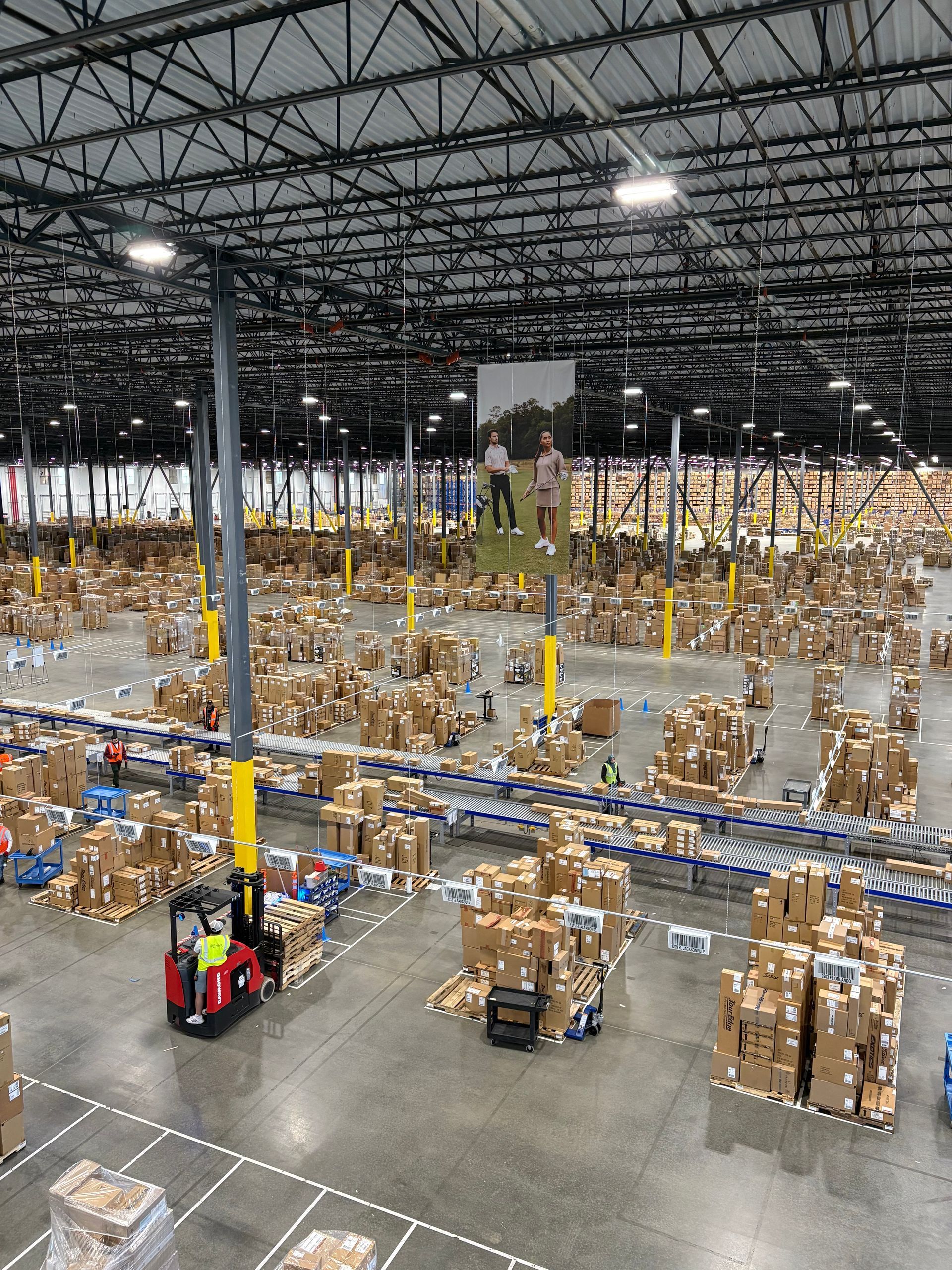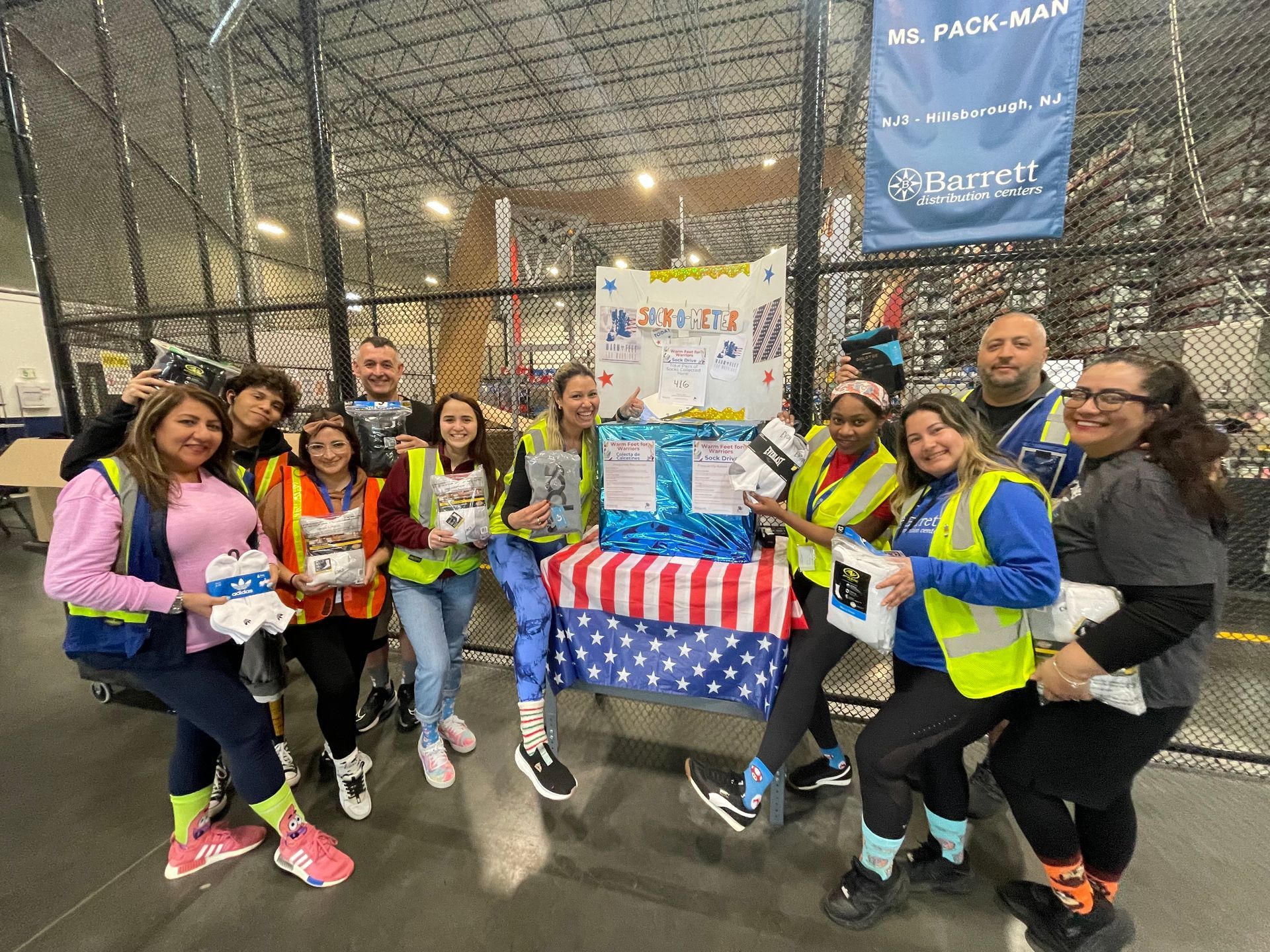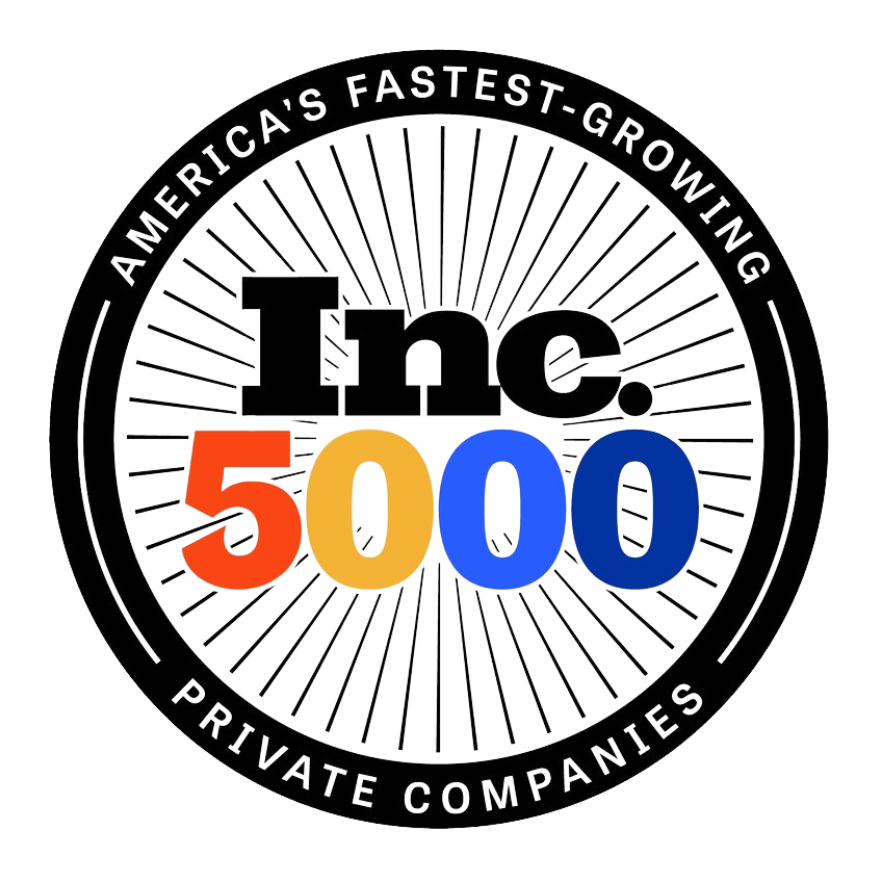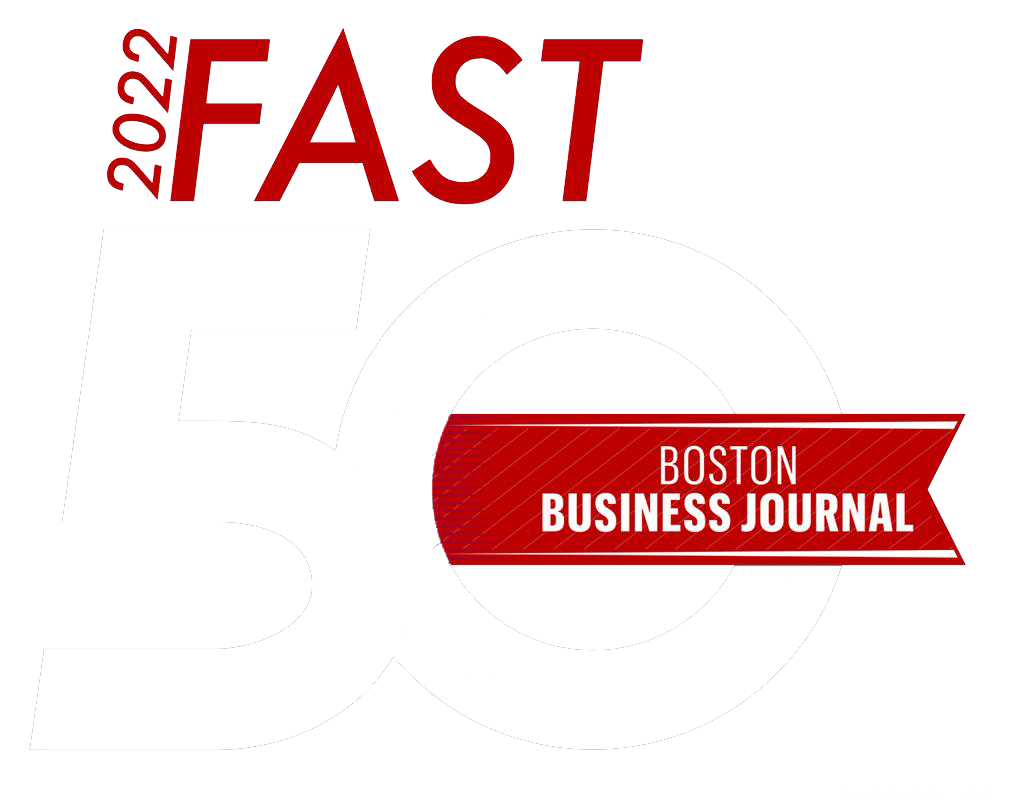Footwear and Apparel Accuracy: The RFID Solution
Finally, five o’ clock has rolled around at the end of a long day. After gathering your laptop, notes and sunglasses, you are greeted at the front door of your office by a clap of thunder and a torrential downpour. You see your car about 20 feet away and before you begin to negotiate the puddles and lightning, you pull your key fob from your pocket, unlock the driver’s side door and count your lucky stars you don’t have to fumble with your keys and briefcase trying to fit the key into the door lock as you become inundated with rain. This is just one of the modern conveniences made possible by radio frequency identification technology, or RFID. Even though the shoes on your feet are now saturated, thanks to RFID tags your footwear and apparel supply chain doesn’t need to end up underwater.
The challenges posed by today’s hyper competitive landscape in the footwear and apparel sector can be met through a number of ways. RFID technology makes two of the most crucial possible: lowering costs and increasing visibility. The fact that this technology offers the opportunity to meet these critical objectives is evident in IDTechEx’s forecast that the apparel RFID market will grow to over $1 billion by 2021. This is an increase from only $36 million in 2010. Let’s take a closer look at how RFID tagging can enhance supply chain accuracy through decreasing cost and increasing transparency.
Decreasing costs: Not long ago RFID tagging was widely considered an expense that didn’t justify the means. However, through the continued improvement across all components of this technology, that isn’t the case anymore. Not only has the cost of these tags fallen to anywhere between seven and 15 cents, but the corresponding infrastructure and software is becoming more turnkey and easier to integrate. In addition to the scaling of this technology, many manufacturers and suppliers are including RFID tags directly into garments, materials and tags to reap these benefits. RFID tags, unlike bar codes, do not need to be scanned within the sight of the reader, which means much greater operational efficiencies in the distribution center as well at the retail site. In fact a study done by Jones Apparel Group showed a 92% improvement in cycle time after implementing RFID. These new efficiencies not only lower the stress on resources as fulfillment demands increase, but can also curtail theft. While most traditional theft deterrent systems are single use devices, requiring additional purchasing and hardware. RFIDs are multi capable and streamline not only security measures, but also inventory control and supply chain visibility.
Increasing visibility: The footwear industry is ripe with inventory control issues. The capabilities that RFIDs provide allow drastically increased visibility into your products and inventory as it moves through each phase of the supply chain. In fact a case study from American Apparel shows that 99% visibility resulted in a 15% decrease in inventory. Item level RFID allows each article to be identified and monitored as an individual, versus as part of a box, pallet or overall shipment. In 2010 Wal-Mart began using RFID tags on the apparel item level. Shortly after that major companies like Macy’s and Bloomingdales began to pilot this RFID practice. These early attempts showed quantifiable increases in not only visibility, but also sales at the retail level. Between the ability to monitor an asset’s status, and new web or app based RFID technology that is becoming compatible with both new and heritage systems, management and interested third parties can access this crucial information and make appropriate supply chain decisions, enhancing visibility throughout the entire operation.
In a sector that is seeing additional competition and demands from a number of new directions, cost control and visibility have become more important than ever. While consumers have more options and a higher sense of value, positioning your brand to provide these needs can be a true differentiator. Technology like RFID can be a key ingredient to attaining these results. Leveraging the resources and expertise of a third party logistics provider with experience implementing and managing RFID, like Barrett Distribution Centers, can streamline your entire footwear and apparel supply chain.
Recent Blog Posts
